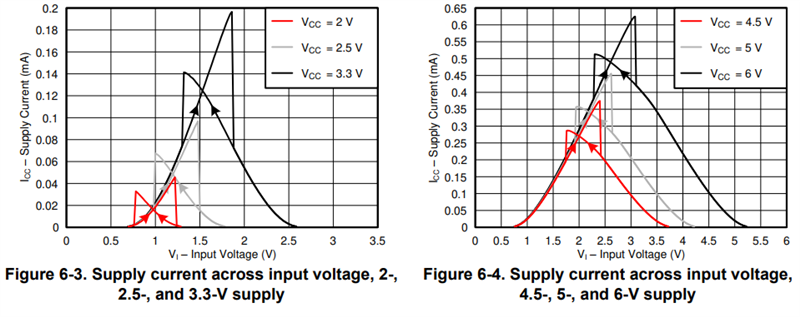Hello Team, Good Day.
When I gone through the specifications of SN74HCS08-Q1, the value of Input transition rise and fall rate is mentioned as 'Unlimited' nS/V. Does it mean that IC is capable of handling any transition rate? say for example 100V/nS? Its bit confusing. If some numerical value is provided (say 83nS/V), I can understand that maximum allowable voltage rise/ fall in 83nS is one volt. But how to understand UNLIMITED ns/V? Can you please clarify?
Thanks in advance.



